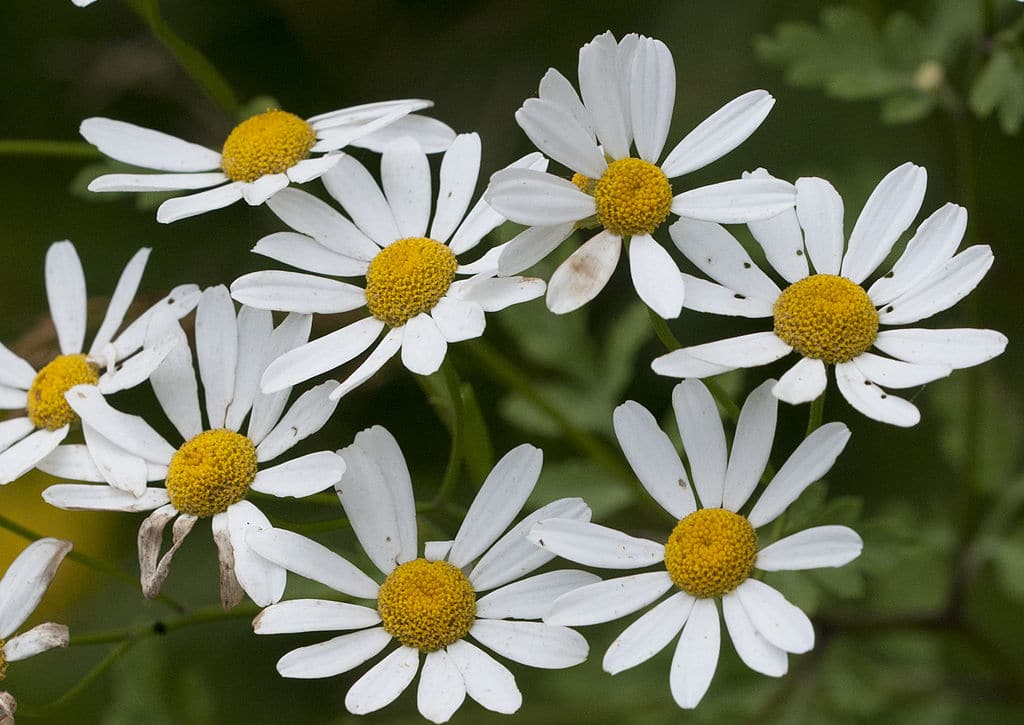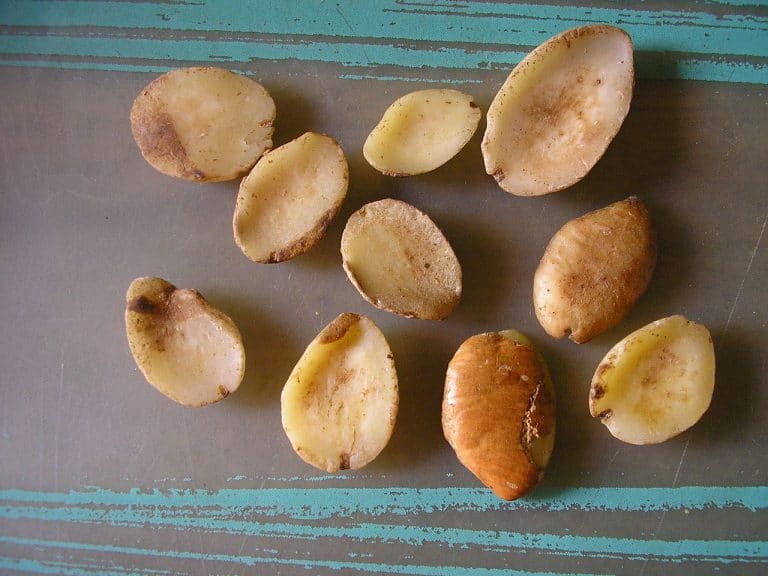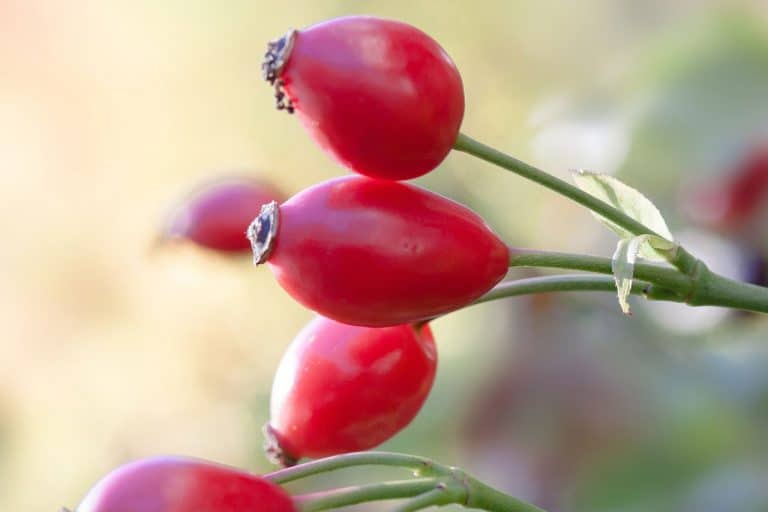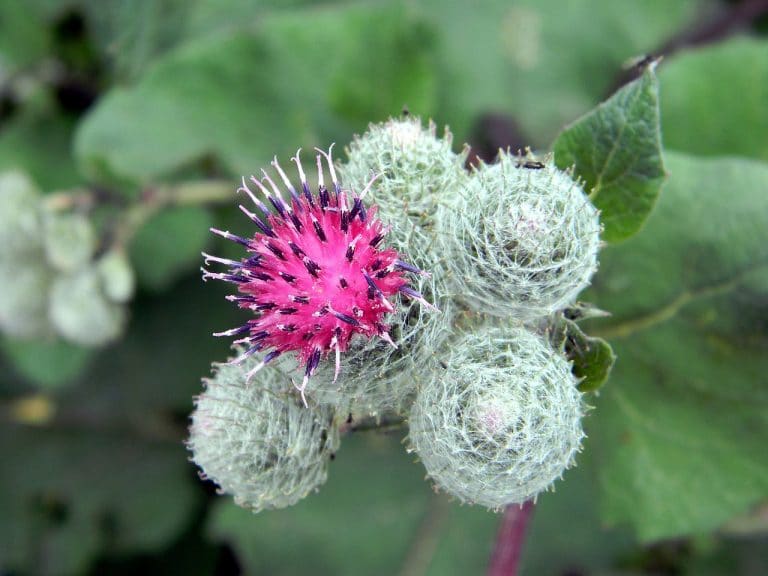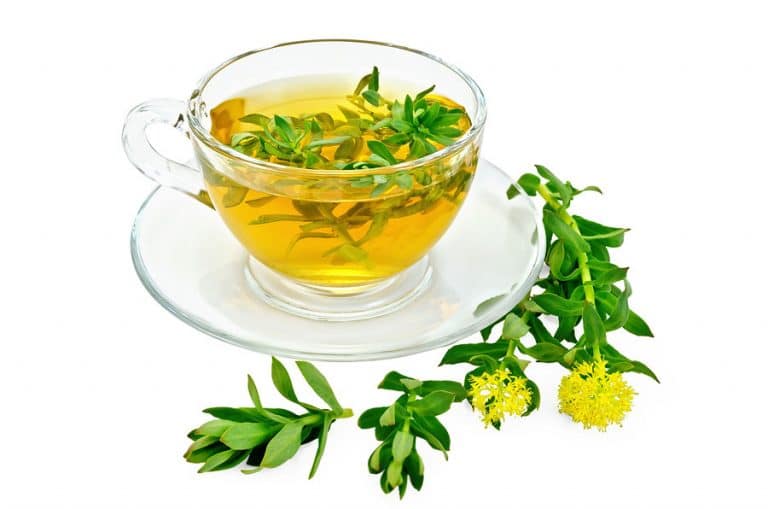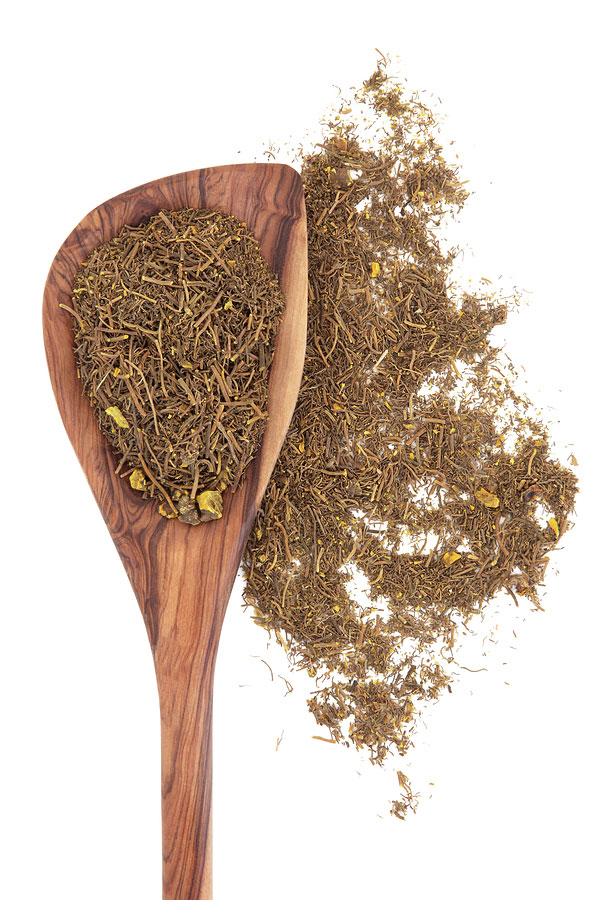Feverfew
Scientific Classification
| Order: | Asterals |
| Family: | Asteraceae |
| Genus: | Tanacetum |
| Species: | T. Parthenium |
The Feverfew herb is also known as a Fetherfew or bachelors button, Featherfoil, Matricaria, and Flitword Midsummer Daisy. Its botanical name is Tanacetum parthenium and it belongs to the Asteraceae family. It spreads quickly and after a few years, it covers a wide area. It is a traditional medicinal herb, and it is also grown as an ornamental plant. This herb is not good for pregnant ladies, because it may pose problems. It has many uses but also has some side effects. Feverfew herbs may also cause allergic reactions. If it is chewed then it can cause swelling and mouth ulcers. It is a popular medication for migraines It is a short-lived flowering plant that has white-daisy-like flowers with bipinnate, strongly scented leaves
History
For centuries, the Feverfew herb is grown in medical and herb gardens. In the past it was used to treat many disease problems like arthritis and fever. Feverfew is also known to contain Parthenolide, that occurs naturally, with the highest concentration in the fruit and the flowers of the plant. It belongs to a Germacranolide class of Sesquiterpene Lactone. It comes from the Latin word fetrifugia means driver out of fevers. The ancient Greeks in 5th century BC, named this herb as Parthenium because it is believed that this herb was used to save the life of a person who fell from the Parthenon during the construction period. In 18th century, this herb was termed as medieval aspirin or aspirin. It was used to treat many ailments like asthma, arthritis, dermatitis, earache, constipation, labor, menstrual disorders, fever, headache, inflammatory conditions, insect bites, psoriasis, potential miscarriage, toothache, spasms, swelling, tinnitus, stomach ache, worms and vertigo. It had antipyretic properties due to which it gained its common name. Many tribes used this herb as a home remedy for cough and cold. The Kallaway Indians of Andes Mountains used this herb for treating kidney pain, morning sickness, colic and stomach ache. The Venezuela people used it for relieving earaches, whereas the Mexicans used it to treat menstruation problems.
Anatomy
The Feverfew herb is a composite plant. Its stem is hairy and finely furrowed. It grows about 2 feet tall and is upright. The stem is usually not branched and found below the flower cluster. Its flowers are white, daisy like and small in size. They usually bloom from May to September. Its leaves are alternate, hairless, strongly scented and yellowish green in color and are 4 inches long. Lower leaves have egg shaped leaflets and the upper leaves are toothed and pinnate. The whole plant has a strong and bitter smell which is disliked by bees. It grows in to a bushy shrub that attains a height of 46 cm.
Habitat
The Feverfew herb is a daisy-like shrubby plant that is native to Southern and Central Europe and Asia. It grows well in most of the United States and Chile. This plant is herbaceous and perennial. It grows on rocky slopes, glades, walls, and on waste places. It is also very commonly seen along roadsides, pastures, forest openings, woody areas and savannas. Its leaves have a refreshing aromatic aroma.
Soil
For Feverfew herbs, ordinary soil is good. But for good growth they require fertile and well drained soil. Loamy soil and stiff soil are also good for them. They can grow well in soil that is enriched with manure.
Temperature and Humidity
For drying Feverfew, temperature up to 60 c is used. It should not be dried in hot sunlight. This herb should be stored in a cool, dry and dark place. It has a strong penetrating aroma. So, they have to be kept away from other herbs.
Planting
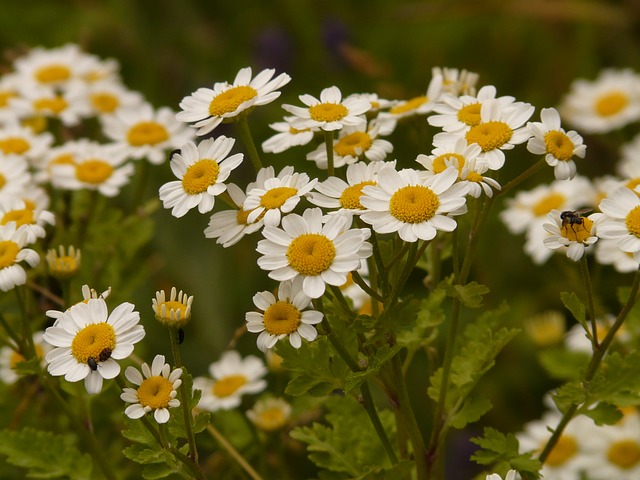
Planting of the Feverfew plant is very easy. It can be propagated by division of roots, cutting and by the seeds method. Its seeds are fine and you can plant them easily in pots. When planting the seeds, sprinkle them into the pot, and to settle the seeds, tap the bottom of the pot. Do not cover the seeds with soil as it needs sunlight to germinate. Watering is necessary to keep the seeds moist. Planting of this plant has to be done in the autumn season. But the best time to plant is in the month of April. Seeds usually germinate within 2 weeks time. It will bloom in the first season of growth if planted early.
Watering
The Feverfew herbs require watering regularly, but excessive water is not good for them. When the ground is cool seeds of this herb have to be sown in the early spring season. Water should be applied by sprinkling to avoid excess waterfall especially while planted in a pot.
Harvest
Harvesting has to be done at the time of maturity. In the early stage of full bloom Feverfew herbs should be harvested. After harvest this herb should be sold and used within 6 to 12 months.
Care
Once established, this herb only needs minimal care. The Feverfew herbs require plant food once in every spring season. Feeding of soluble plant food or liquid in a month is also good. Mulch of peat moss, bark chips or leaf debris should be provided to the plant, and this will help the root system to stay strong in the summer heat. It will also help to retain the moisture in the soil and prevent weed growth. When the plant reaches up to 3 inch height, you must thin the plant to 15 inches apart. It is a perennial herb; hence it should be cut back to the ground after the cold climate. Regular water should be provided, because the plant cannot tolerate drought condition and will lead to growth of leggy plants or the plant will die. After the harvesting and drying, it should be stored in a cool and dry place and also away from other herbs due to its pungent smell.
Pest and Disease
Leafhoppers spread aster yellow disease on the Feverfew herb. It may cause problems in some areas of the plant. Aphids, Root Rot and Fusarium Crown are the other pests of this plant. Septoria Leaf Spot is another pest, which attacks the leaves of the plant. Overwintering may may also cause a problem for the herb.
Uses
The Feverfew herb is a medication, and it is used in the treatment of migraine headache. Its leaves consist of medicinal properties. It is also helpful and used in the treatment of cancer, anemia, earache, common cold and liver disease and bone disorder, swollen feet, intestinal gas, muscular tension and upset stomach. With regard to his problem of toothache, it is applied directly to the gums. A tincture made from Feverfew herb is also used in the relieving the pain and the swelling caused by an insect bite. It is also useful in treating the nervousness, as general tonic and to lift low spirits. It is also good as syrup for breathing difficulties, wheezing and for cough.

Having discovered a fondness for insects while pursuing her degree in Biology, Randi Jones was quite bugged to know that people usually dismissed these little creatures as “creepy-crawlies”.

